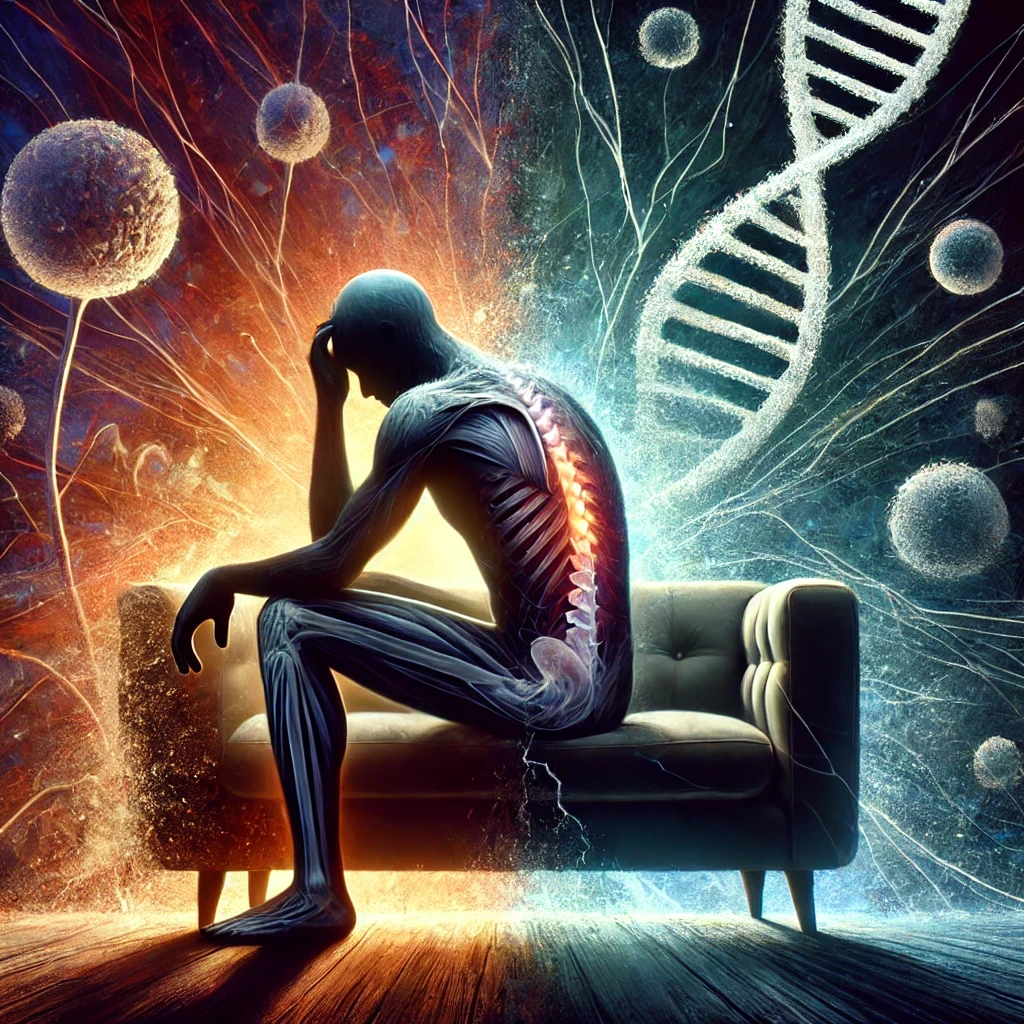Sep 18, 2024
Healthcare Trends
Gene and stem-cell therapies offer hope for people with genetic disorders like sickle-cell disease, but recovery is often more complex than expected. Many patients find that even after being 'cured,' they face new challenges—both physical and mental—that are often overlooked. This article explores the ongoing struggles of those, like Genesis Jones, who have undergone life-changing treatments but are left grappling with chronic pain and limited support.
Sickle-Cell Disease and the Promise of Gene Therapy
Sickle-cell disease (SCD) is a genetic disorder that distorts red blood cells, leading to severe pain, organ damage, and a shorter life expectancy. Traditional treatments have been limited, but in recent years, advances in gene therapy and stem-cell transplants have opened new possibilities for a cure. These breakthroughs have brought fresh hope, particularly to people of African and Indian descent who are disproportionately affected by the disease.
Genesis Jones’s Journey: Cured But Still in Pain
Genesis Jones, from Grand Prairie, Texas, was one of the many patients who underwent a stem-cell transplant in hopes of a cure. The procedure successfully eradicated her sickle-cell disease, but her journey didn’t end there. She soon faced complications, including cancer and chronic pain due to years of tissue damage caused by the disease. While grateful to be free from the frequent pain crises, Jones still struggles with residual effects and the emotional toll of her recovery.
The Complexities of Recovery After Stem-Cell Transplants
Jones's story is not unique. Many who undergo stem-cell transplants find that the treatment itself can lead to new issues, such as immune-related complications, long-term pain, and even mental health struggles. In some cases, healthcare providers are unprepared to support post-treatment patients, particularly when they no longer show signs of the disease in their bloodwork. This leaves many, like Jones, feeling caught between the relief of a cure and the reality of ongoing health challenges.
New Gene Therapies: Hope and Lingering Challenges
Gene therapies, such as CRISPR-based treatments, have shown great promise in reducing the symptoms of sickle-cell disease. These therapies are designed to address the underlying genetic mutations that cause the disorder. However, they come with their own set of challenges, including high costs and the risk of long-term side effects. For example, two participants in a clinical trial for a new gene therapy later developed leukemia. Researchers are still working to fully understand the risks and benefits of these treatments.
The Mental and Physical Toll of Post-Treatment
One of the most underappreciated aspects of recovery from sickle-cell disease is the psychological toll. Many patients struggle with feelings of isolation after treatment, as they lose the support networks they relied on while battling the disease. Chronic pain and bone damage can persist long after the cure, making it difficult for patients to adjust to their new reality. The lack of comprehensive mental health support compounds the issue, leaving many to cope on their own.
Long-Term Support: An Overlooked Necessity for Patients
As gene and stem-cell therapies become more widespread, the need for long-term care and support becomes even more crucial. Patients like Genesis Jones and others in her support group highlight the gap in post-treatment care. While the medical community has made significant strides in curing genetic disorders, there remains a critical need to address the chronic issues that persist after treatment. This includes not only physical rehabilitation but also emotional and mental health support.
Conclusion
Curing sickle-cell disease is a monumental achievement, but for many patients, the journey doesn’t end with treatment. As the number of people receiving gene and stem-cell therapies grows, so too does the need for comprehensive, long-term care. At 360/Health, we are committed to helping people navigate these complex healthcare journeys, ensuring that support continues long after treatment.
Read in full in Nature News Features
